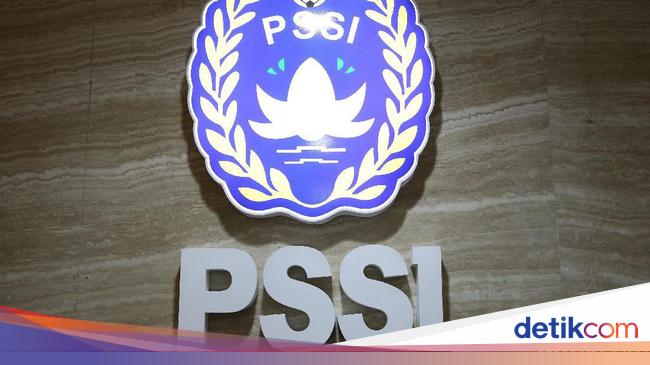The first edition of the Midsummer School 2022 from Healthcare Engine, which ended last July 15 in Tivoli, in the province of Rome. Many topics covered in the three days of work: from “Integrated diagnostics at the service of the patient” to “Disruptive Technology and precision medicine”, up to “PNRR: we design the healthcare of the future”.
Made with the unconditional contribution of Technogenetics, Abbott, Becton Dickinson, Siemens Healthineers, Stago Italia, Medical Systems and Mindray, the event brought together the leading national experts – institutions, clinicians, stakeholders – with the aim of designing healthcare of the future. Here are the 10 main points that emerged.
- The laboratory must act as an intermediary between the hospital and the territory integrating into the team of professionals coordinated by the General Practitioner (GP and Medical Specialists), for the assistance to the chronic patient, using tele-cooperation, telemedicine and teleconsultation, monitoring, with adequate indicators (individual and collective), patient compliance with technologies and innovation.
- Medical drones are increasingly used, with fast and cheap deliveries of blood, blood products, life-saving drugs, POCT test analysis, or in the PDTA process, reaching even territorially difficult places. Real “life-saving postmen”.
- Also in Italy a real network is being set up for patients with rare cancer and, in this sense, the Ministry and AGENAS are working together with a group of experts. The intent is to guarantee the patient’s path from the suspected diagnosis to the optimal place of care, also taking advantage of telemedicine that allows the national reference centers to be connected with the centers that have the patients in charge.
- The fight against cancer has a new ally: biology-led radiotherapywith the possibility of using omic markers (from genomics to proteomics, from epigenomics to radiomics), to characterize the single tumor in this respect and to be able to apply personalized radiotherapy schemes, doses and modalities.
- Artificial intelligence applied to radiology can support the radiologist during the reporting of various exams such as x-rays, mammograms, computed tomographies and magnetic resonances. Furthermore, artificial intelligence can support the radiologist by extracting clinically relevant information from the images, but difficult for the human eye to evaluate.
- It is urgent to reorganize the territorial assistance, subject to reform with the PNRR. As highlighted by the pandemic, the lack of services, the distance from health centers and the complexity of urban and metropolitan areas require an innovation of territorial healthcare organizational models. To do this, it is also necessary to focus on technological innovation and personalized medicine.
- Pharmacological and technological innovation has brought about a radical change in diabetes care. On the one hand, it has improved glycemic compensation and the quality of life of patients with DM1, and on the other, thanks to drugs capable of counteracting the development of the dreaded cardiovascular and renal complications, it has improved the treatment of people with DM2.
- In the near future, artificial intelligence will make it possible to increasingly calibrate medical carecustomized to the specific needs of the individual patient.
- The use of radiosurgery for the treatment of ventricular fibrillation takes holda severe form of arrhythmia, in which it is possible, in selected cases resistant to specific drugs, to perform a non-invasive and targeted radioablation of the atrio-ventricular node, in a single session, allowing the return to normal heart rhythm.
- Precision oncology is developing in our country without having defined the rules and criteria of appropriateness, and with inequalities in patient access to molecular tests and possible target therapies. It is therefore essential to have a single program and national governance, with strategic sharing among all stakeholders, which define rules, organization and resources in all areas: access to tests and drugs, technologies, laboratories and paths required in the field of regional cancer networks.
“Without the aid and the intensive use of technology, we would not have been able in any way to manage the enormous load of information that the Covid emergency has entailed”, says Dr. Claudio Zanon, Scientific Director of Motor Health.
“Disruptive technology is the glue of a new medicine for a better, integrated and fairer National Health Service, but only if a technological evolution is able to reach a cultural evolution, with the creation of new models that exceed those no longer responding to the needs of citizens and the tumultuous medical innovation ”, concludes Zanon.

–


